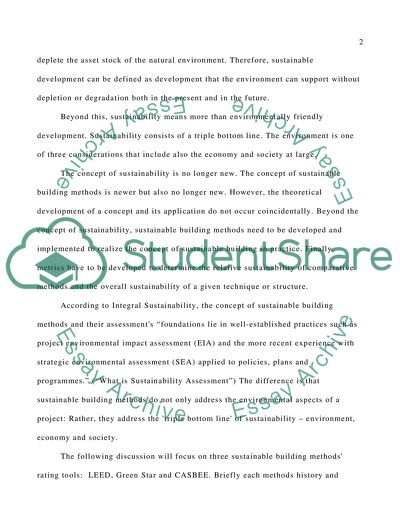Cite this document
(Sustainable Building Methods: LEED ,Green Star and CASBEE Term Paper, n.d.)
Sustainable Building Methods: LEED ,Green Star and CASBEE Term Paper. Retrieved from https://studentshare.org/technology/1574903-sustainability-assessment
Sustainable Building Methods: LEED ,Green Star and CASBEE Term Paper. Retrieved from https://studentshare.org/technology/1574903-sustainability-assessment
(Sustainable Building Methods: LEED ,Green Star and CASBEE Term Paper)
Sustainable Building Methods: LEED ,Green Star and CASBEE Term Paper. https://studentshare.org/technology/1574903-sustainability-assessment.
Sustainable Building Methods: LEED ,Green Star and CASBEE Term Paper. https://studentshare.org/technology/1574903-sustainability-assessment.
“Sustainable Building Methods: LEED ,Green Star and CASBEE Term Paper”, n.d. https://studentshare.org/technology/1574903-sustainability-assessment.


